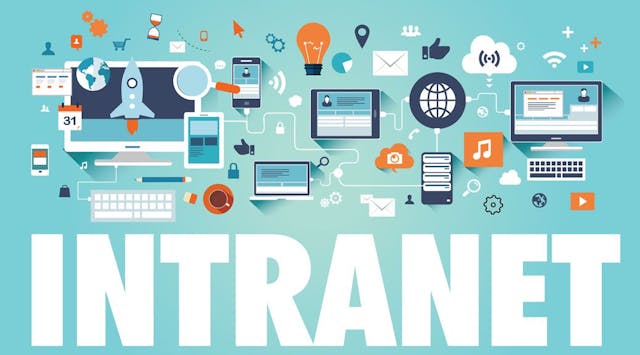Internet vs. Intranet: Navigating the Digital Terrain
Posted By Coding_Dynasty 4 months ago
Reading Time: 2 Minutes

In the realm of digital connectivity, two terms often come to the forefront: Internet and Intranet. While both facilitate communication and information sharing, they serve distinct purposes in the vast landscape of computer networks.
Internet: The Global Nexus
The Internet is a global network that connects millions of public and private networks worldwide. It is a colossal web of interconnected devices and systems, enabling seamless communication on a global scale. Governed by standardized protocols such as TCP/IP, the Internet is the backbone of our online experiences, encompassing websites, email services, social media platforms, and more.
Key Characteristics:
-
Public Access: The Internet is open to the public, allowing anyone with an internet connection to access its vast resources.
-
Global Reach: Its expansive reach spans across continents, fostering worldwide communication and information exchange.
-
Diverse Services: From web browsing to online gaming, the Internet hosts a diverse array of services and applications.
-
External Connectivity: It connects external networks and devices, making it the ultimate tool for global connectivity.
Intranet: The Closed Circuit
Intranet, on the other hand, is a private network confined within an organization. It serves as a localized hub for internal communication, collaboration, and resource sharing. While it adopts similar technologies to the Internet, an intranet is designed for exclusive use by an organization's members.
Key Characteristics:
-
Restricted Access: Intranets are accessible only to authorized members within a specific organization, enhancing security and privacy.
-
Internal Collaboration: Designed for teamwork and internal communication, intranets host tools like file sharing, messaging, and collaborative platforms.
-
Controlled Environment: Organizations have control over the content, design, and security protocols of their intranet, tailoring it to their specific needs.
-
Enhanced Security: Due to its closed nature, intranets often have heightened security measures, protecting sensitive company information.
Navigating the Distinctions:
Understanding the distinctions between the Internet and Intranet is crucial for businesses and individuals alike. The Internet serves as the global information highway, while an Intranet acts as a secure and controlled ecosystem for organizational operations.
The Internet connects the world, fostering global communication and information exchange, while an Intranet serves as a private enclave, enhancing internal collaboration and safeguarding sensitive data. Both are integral components of the digital landscape, each catering to distinct needs in our interconnected society.